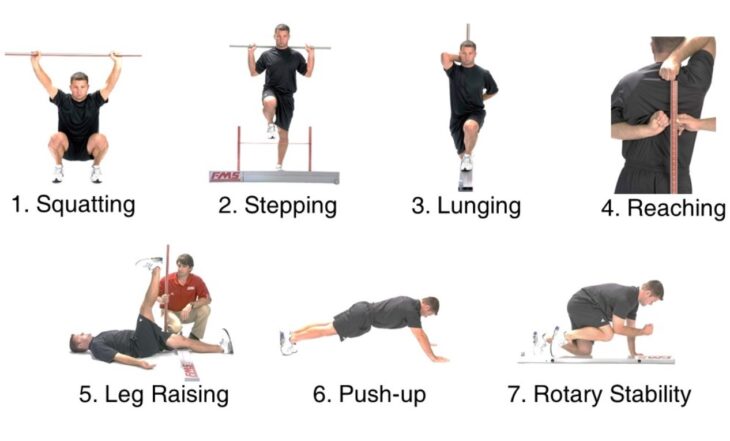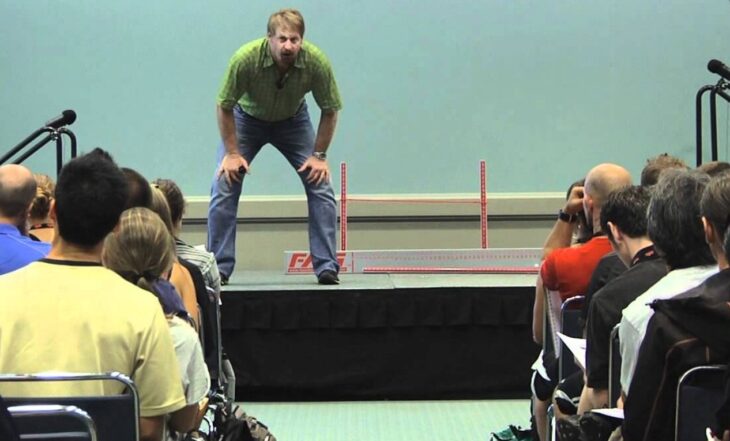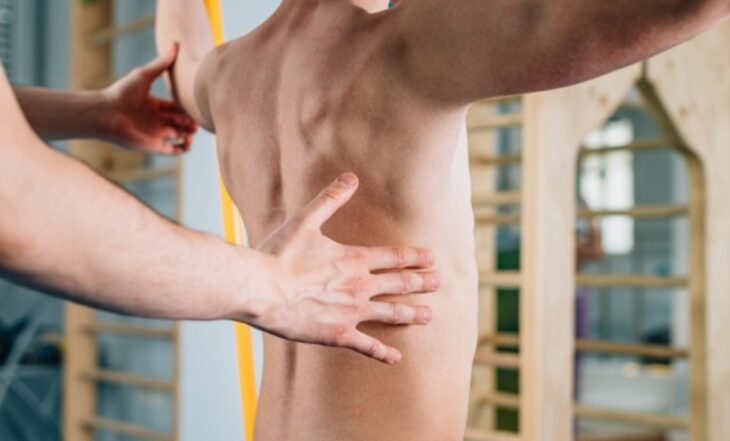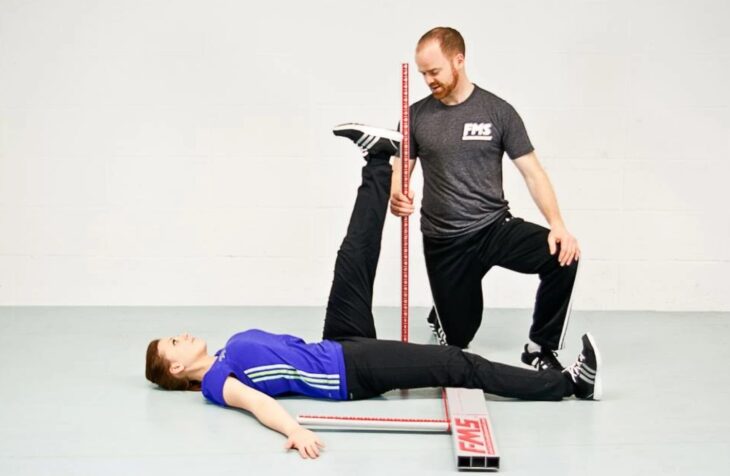Injuries during high-impact activities including sports and exercise can cause major functional deformities. Even if you are healthy and in good shape, it is important to know what your level of risk for any future injuries is.
FMS or functional movement screen can be extremely beneficial for you if you are regularly indulging in activities that involve coordinated movements. Injuries can affect your progress. A tool that can address the coordination between your brain and motor functions can determine your need for corrective exercises if any.
Contact a sports medicine doctor in NYC to get analyzed for asymmetries or instability during a functional movement screen analysis. Visit NYDN rehab, to get an appointment and assess your risk for future injuries and determine ways to prevent them.
Visit their website here: https://nydnrehab.com/sports-medicine-clinic-nyc/

Source: Cooper Institute
Contents
What is FMS?
It is a screen or assessment that can detect your risk for any future injury at a very early stage and help in planning corrective measures before you move to more advanced and demanding activities.
Some key facts about FMS are:
- It measures motor coordination and physical strength.
- It is used as a primary risk-assessment tool and should not be mistaken for a more comprehensive tool that evaluates all aspects of an injury.
- It does not diagnose a problematic movement but can only measure movement patterns and quantify the deviations and asymmetries.
- It is a standardized tool that can assess the impact of rehabilitation on coordination and movement.
- It allows easy sharing of data among different health care professionals.
- It is an easy screening tool that gets completed in a very short time duration of approximately 10 minutes. Thus, it is very effective in screening an entire group of people.
- Seven screens used in FMS gives a lot of information to pinpoint areas of disability and mobilization issues.
- It assesses the stability of all the major extremity joints that are involved in the motor functioning of a human system including the spine, knees, ankles, hips, and shoulders.
- It isolates the movements that are flawed so that you can work with your trainer to guide these joints into correct functional movements.
FMS can thus be used as a preventive tool in healthy individuals but not as a diagnostic tool in people suffering from injury-related pain and immobility.

Source: Physiopedia
FMS scoring system
The assessment screen result is based on a cumulative result of 3 clearing and 7 screen tests. The result of the screen is reported as either positive (inferred as painful) or negative (inferred as non-painful). The 4 grades of an FMS screen are:
- Zero grades are reported when there is a presence of pain that needs further SFMA assessment or medical referral.
- One grade is given when you are not able to complete the respective movement pattern.
- Your report is graded as 2 when there is only a slight deviation or compensation in completing a movement pattern.
- Grade 3 represents that you can perform the respective movement with ease and there is no issue with stability, strength, and asymmetry.
Seven screens of FMS
The 7 tests or exercises that constitute the major screens of FMS and the respective area of asymmetry assessed by the physicians are:
- Twisted heels and ankle asymmetry is analyzed by deep squats in which you are asked to hold the position of your arms while squatting.
- Your core strength and balancing abilities are determined by analyzing your performance during a hurdle step of moderate height.
- Inversions or eversion defects of feet and resultant balancing disability is determined with in-line lunges.
- Shoulder symmetry and mobility is assessed by analyzing your ability to place both your hands as close as possible behind the back and at the same instance.
- Ankle alignment and coordinated leg angles are assessed with active leg-raise exercise movement. It is important that you do not bend your knee during the movement.
- During trunk stability pushups, you are asked to align your hands with the chin while performing a pushup. This determines spinal deformities and hyper-extension.
- Knee and elbow alignment is assessed for asymmetry by rotational stability test.

Source: Capital Area Physical Therapy
“Big three” refers to the first 3 exercises to determine your core stability and strength. The remaining tests in FMS are called “little fours” and are used to determine primitive mobility issues.
Combined together, these tests can determine your risk for injuries. This can help your trainer in formulating plans for appraising compromised functional movements before they can begin with your formal training.
If any dysfunctions are found during the screen, your trainer can develop workouts necessary in retraining your body. This can prevent injuries during subsequent training phases.
Body types and its effect on risk assessment in runners
Structural variance is always a factor that contributes to different results even in the absence of any instability. For example;
- Depth of squat and forward bending varies in every runner and should not be taken as a benchmark for compensatory movements.
- The variation in the length of the femur affects the depth that can be achieved during an upright squat. Longer femur length means a shorter depth and more forward bending.
- A single-leg squat cannot determine your ability to perform during a run.
Though, there will be a discrepancy in test results; these are normal variations and it is completely futile to try and make corrections. Instead, our aim should be to focus on other exercises instead of wasting efforts on trying to diagnose an injury or worrying about their performance abilities.

Source: Fitmart
Factors affecting symptomatic relief of pain after an injury
Pain is multifactorial and cannot be linked to a single point of injury always. Any increase or lessening down of pain sensation can be related to any of the following factors or a cumulative result of a group of factors such as:
- A recent change in footwear contributing to the symptom.
- The intensity of training.
- Change in nutritional intake.
- Mental health causes including stress, anxiety, or depression.
- Muscular strength.
The relief experienced by movement corrections can be achieved but cannot be taken as the benchmark to assess the extent of an injury.
FMS is an excellent tool to be utilized before you commence your training and can prevent devastating injuries in the future.
